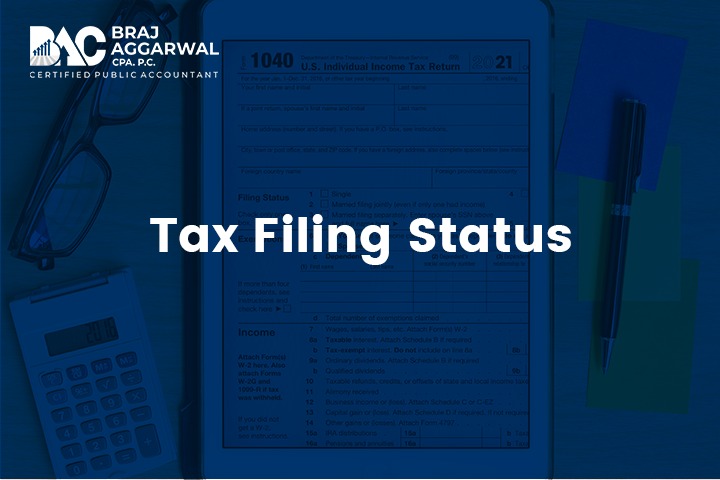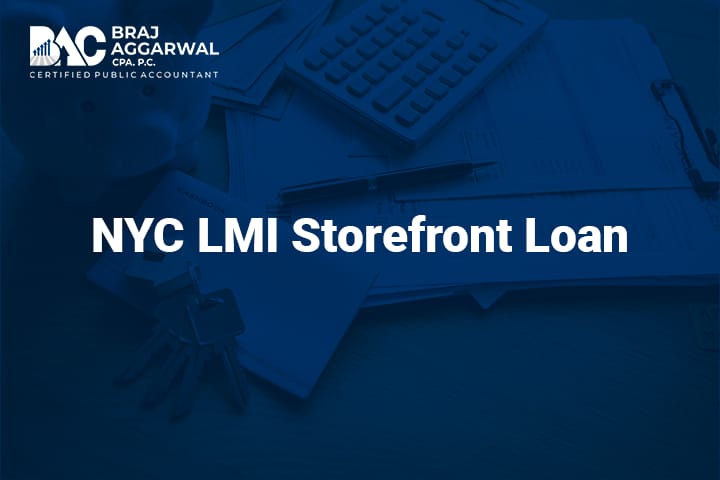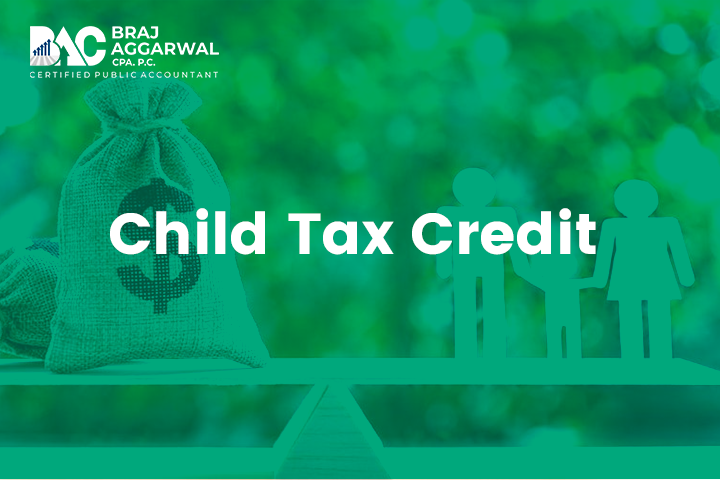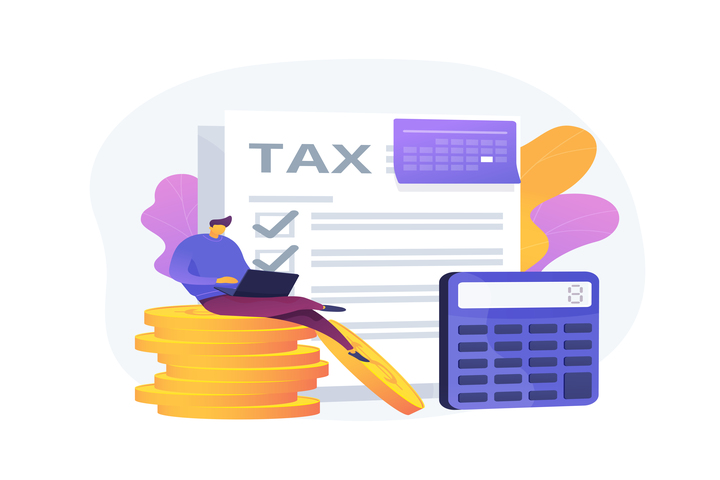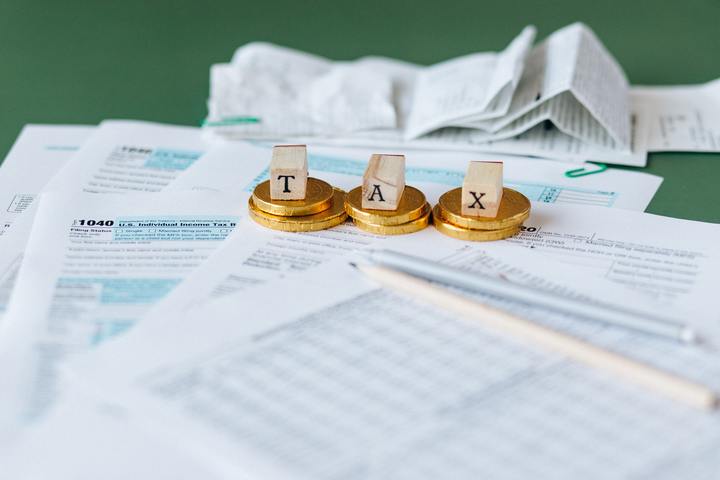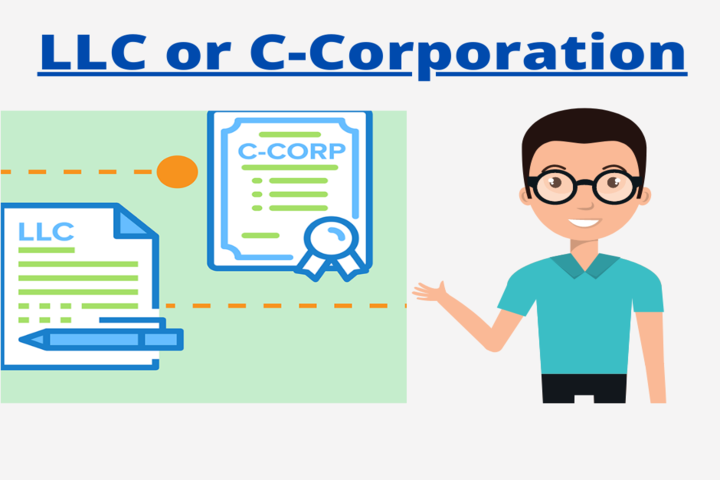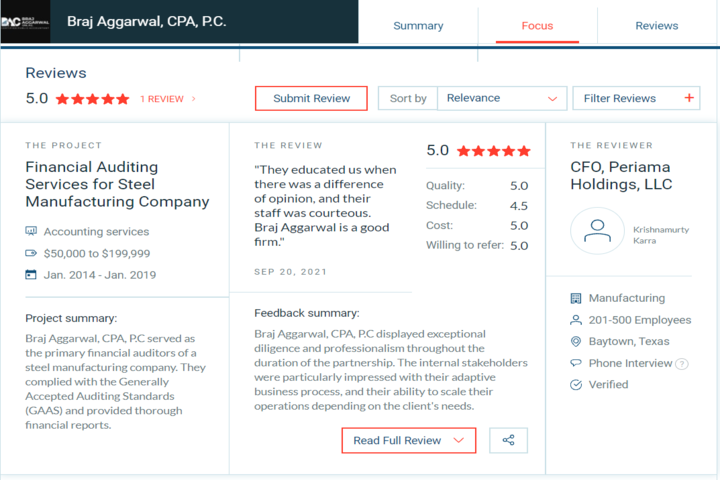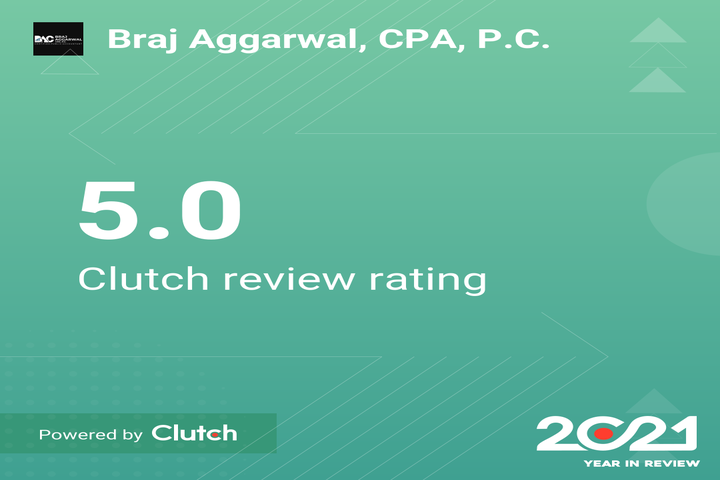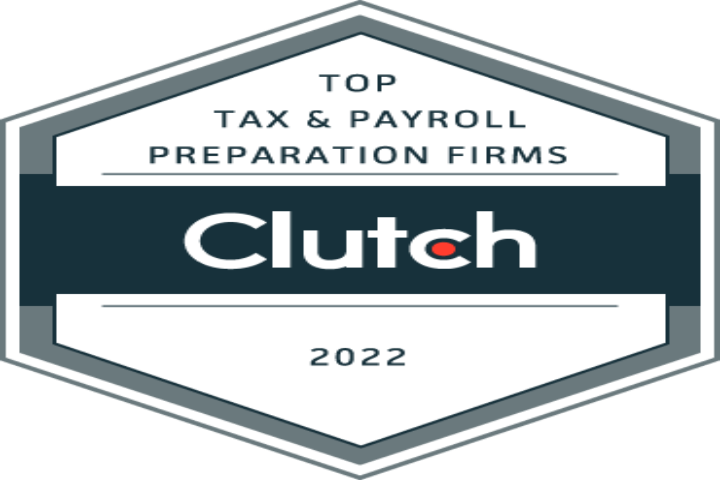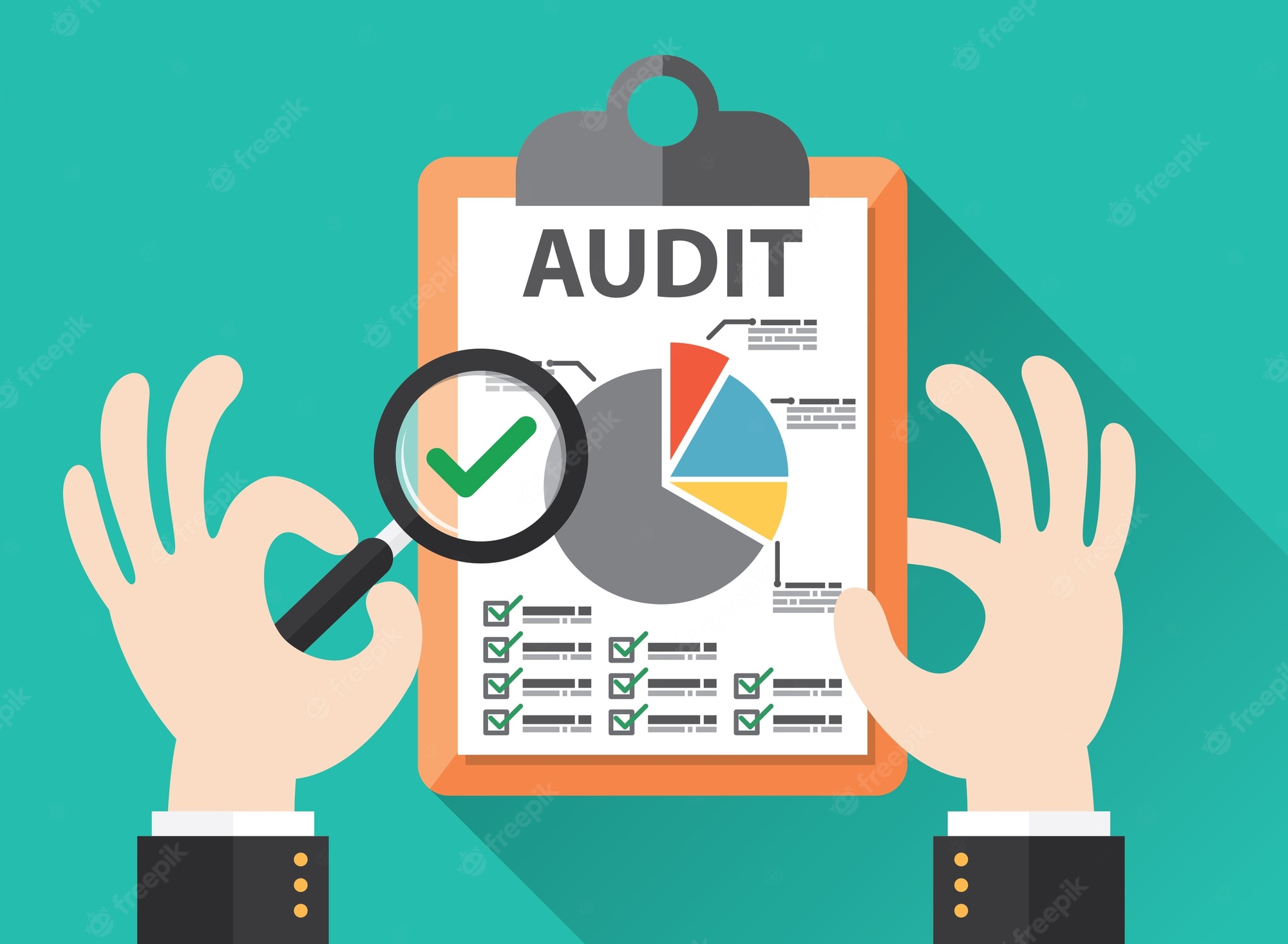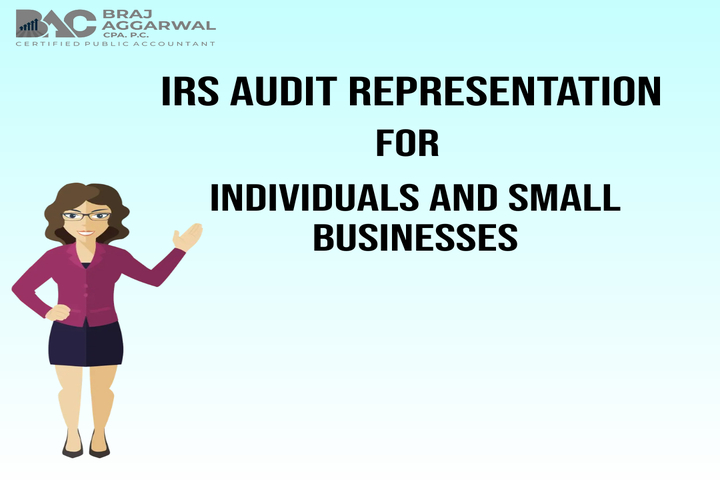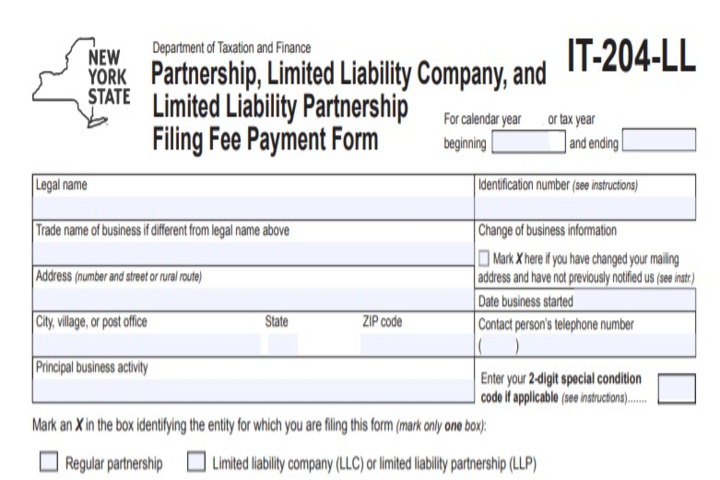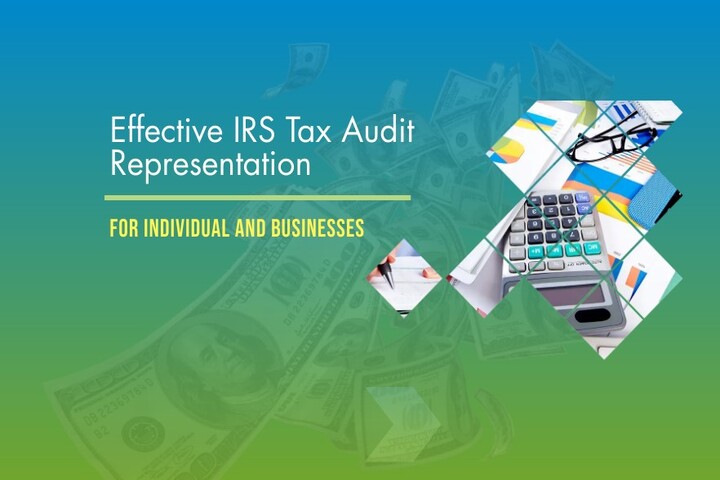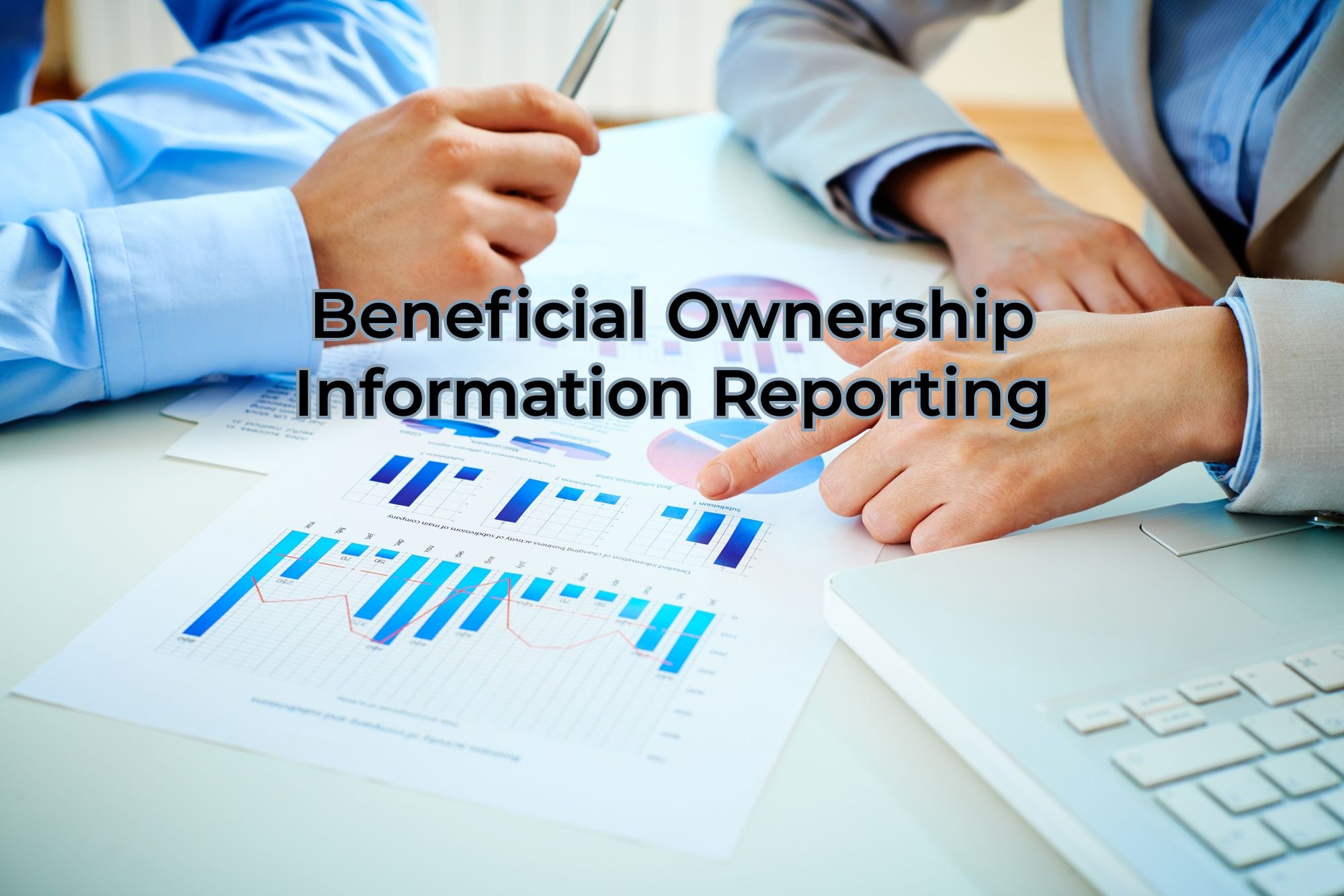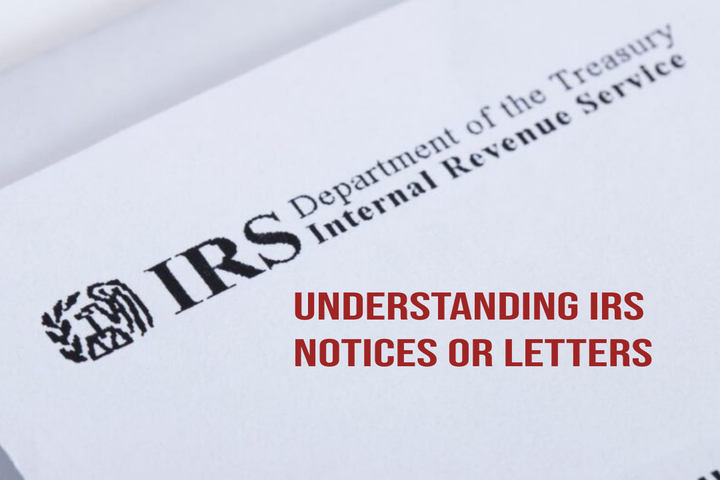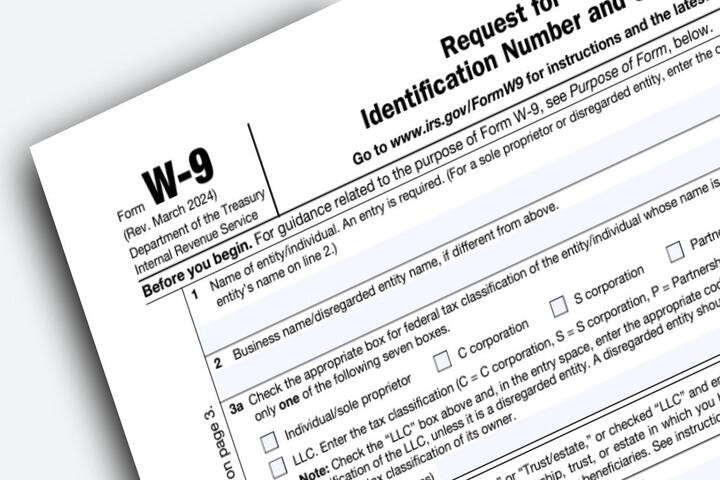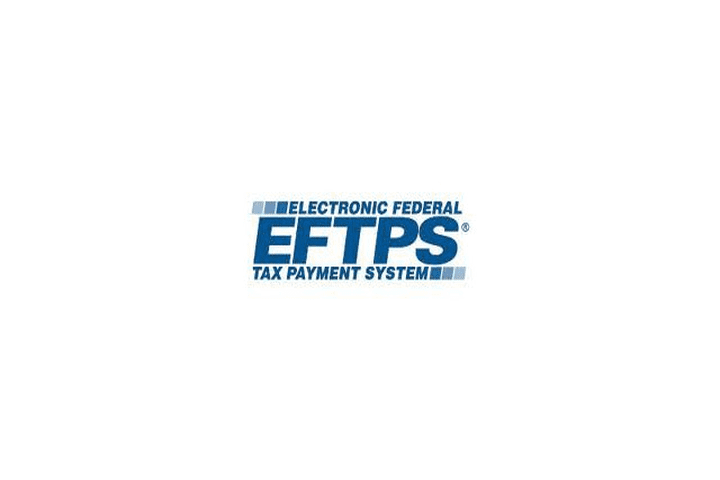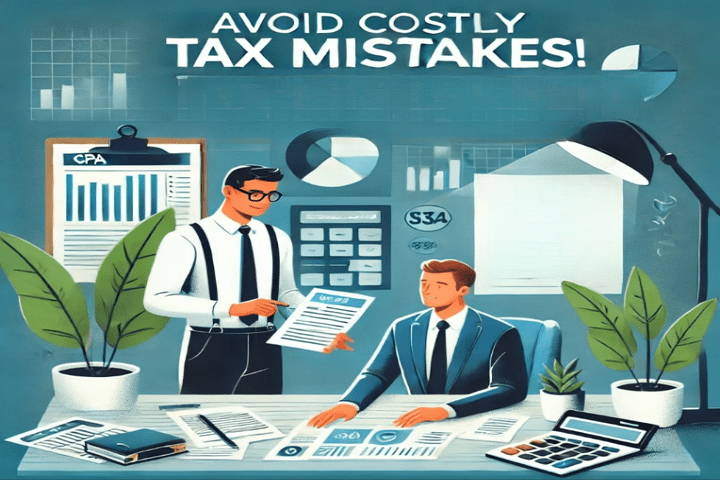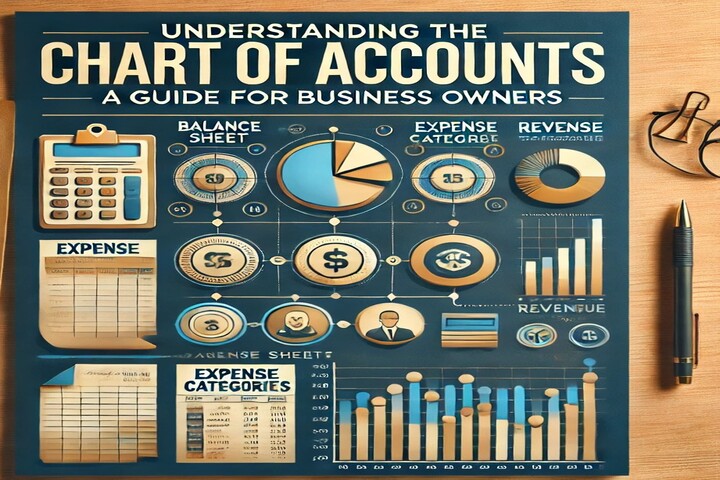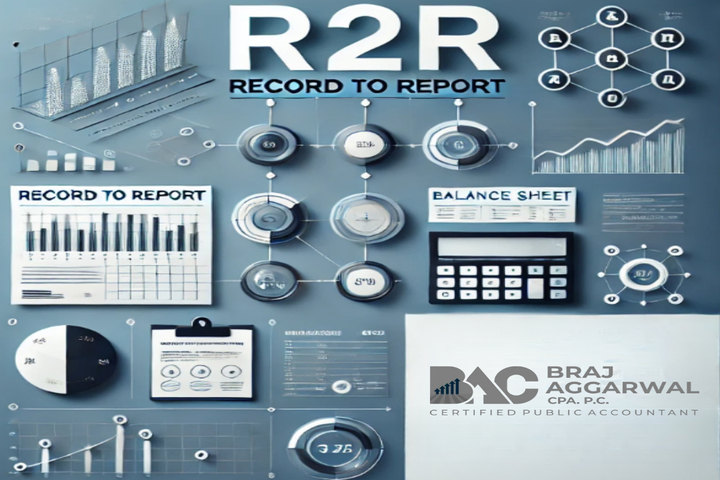Understanding the Concept of Capital Gain

The buy asset at one price and sell asset at higher price these type of profit known as Capital Gains.
As most kind of profit subject to taxes, taxes can impact their portfolio.
Taxes can be complex and based on lot of factors.
A capital gain tax also implies the other type of investments as real estate, Bonds and Mutual Funds etc.
It mainly depends on two factors:
1. How long you have invented (Time Invested)
2. Income Level
There is two type of capital gain:
1. Short Term Capital Gain
2. Long Term Capital gain
Proceeds for investment you sell after holding for a year or less is short term capital gain, there typically taxes at same rate as their ordinary income which is determined by Marginal Tax Brackets falling too. For reference Marginal Tax rates for 2020 tax year range from 10% to 37%.
Proceeds for investment held for more than year typically classifying is long term capital gains, there usually tax more favorably than other type of income because the US Government use the providing economic benefits the rate is still very based on income for reference the tax rate on net capital gain is no higher than 15% for most individuals. Some or all net gain May 0% if taxable income is less than $80,000.
The most cases you report capital gains for year in your annual tax return which could increase the tax liabilities you find if you realize any gains, it may be a good idea that money have saver side because tax is significant impact the performance of portfolio it is important to proactive index here is few strategies you can follow:
Consider holding periods: active investors may attempt to increase returns by quickly buy and selling investments however because of increase tax and fees it difficult for most people to diversify the portfolio a long‐term investment the almost always taxes the lower rate when planning your investment strategy consider how investment hold in period.
Maximize tax‐advantaged accounts: Depending on a type of account you may be able to buy and selling investment subject to capital gain taxes. Reducing your tax could Potentiality help your portfolio.
In taxable accounts make the most of your losses: IRS actually lodge you a right option in trading losses which can help offset some of your capital gains taxes
Capital Gain /Loss is reported in IRS Schedule D. Taxpayers who have Short‐Term Capital Gains, Short‐ Term Capital Losses, Long‐Term Capital Gains, or Long‐Term Capital Losses Must Report this information on Schedule D. In this the average form is basically a company Form 1040. It also used to report capital gain or losses from ownership, in Partnership, as Corporation, Estate or Trust also taxpayer who have capital loss carry over from previous years use Schedule D to report this information.
Only short‐Term capital losses can be use offset from Short‐Term Gains and Long‐Term Losses can be use offset from Long‐Term Gains so Losses that are recorded they are exceeding from any gains may be eligible to be carried forward and apply to next year taxes.
What is a Capital Asset?
Most of the properties you owned and used for a personal purposes as well as investment are classifies as a Capital Asset so they include home, Personal Car, Stocks, Bonds and other investments but likely not return incomes personal property like Furniture, appliances and valuable chains, gold, Silver and other medals, Art, Coin or stain collection, Real Estate like not for rental property or used business purpose and business income, business property are not consider capital asset for personal income taxes because this include items you buy for the purpose of resale for example: you purchase old camera for the express purpose or resale the online it is not consider capital asset it is business inventory and if you have not this side income you may need to pay self‐employment tax and estimated quarterly tax payments one thing is very important that capital asset not include things like Pens, Copyright, inventions, Secret Formulas, Phone Apps they were also not include Art Works, literature, Photo Graphs, Musical Compensation, Computer Cods, OS or Similar Items.
Tax Calculation of Capital Gains and Losses
The gains you report or subject to income tax the tax rate you pay depends on how long you hold the asset and if you have deductible loss from the sale of capital asset it might be eligible to use the losses you incurred to offset other current and future capital gains.
Tax basis difference between what you bought the asset for and what you sold the asset for the sale proceeds.
Capital Gain Tax Rates in 2021 and 2022
Capital gain tax rate only apply to long term capital gain because short‐term gains or tax as ordinal income just like rest of the income for the year and all 3‐capital tax rate bracket is 0%, 15% and 20%and in some cases are 10% so similarly to the ordinary tax bracket you only pay a given tax rate for capital gains income the falls within the rates income brackets.
2021 Long-Term Capital Gains Tax Rates
|
Tax filing status |
0% rate |
15% rate |
20% rate |
|
Single |
Taxable income of up to $40,400 |
$40,400 to $445,850 |
Over $445,850 |
|
Married filing jointly |
Taxable income of up to $80,800 |
$80,800 to $501,600 |
Over $501,600 |
|
Married filing separately |
Taxable income of up to $40,400 |
$40,400 to $250,800 |
Over $250,800 |
|
Head of household |
Taxable income of up to $54,100 |
$54,100 to $473,750 |
Over $473,750 |
2022 Long-Term Capital Gains Tax Rates
|
Tax filing status |
0% rate |
15% rate |
20% rate |
|
Single |
Taxable income of up to $41,675 |
$41,675 to $459,750 |
Over $459,750 |
|
Married filing jointly |
Taxable income of up to $83,350 |
$83,350 to $517,200 |
Over $517,200 |
|
Married filing separately |
Taxable income of up to $41,675 |
$41,675 to $258,600 |
Over $258,600 |
|
Head of household |
Taxable income of up to $55,800 |
$55,800 to $488,500 |
Over $488,500 |
How to Report Capital Gains on your Taxes
You Report capital gains on your tax return will mostly most likely require you to fill out and attach at least two forms to your form 1040 so the main so you have to do Schedule D and rest will depend upon your situation. For Example: Different kind of capital gains also held their own tax form you need to complete for example you need to use form 4684 to report capital losses due to casualties and Thefts so you want to make sure to attach all forms you use to your tax return you want a gather all the documents. There are three common forms that you receive from a broker so you have form 1099‐B this is proceed from broker and broker exchange this shows capital gains or losses, you have form 1099‐ S this is proceed from real estate transactions this shows capital gains or losses from selling properties including a home and you have schedule K‐1 this is partner share income deduction several gains or losses you receive from a partnership, S‐corporation, Estate and Trust.
Form 8949
Form 8949 says other position of capital asset. for form 8949 you need to complete form 1040 Schedule D and Schedule D is actually calculating how much tax you owned on your capital gain. So, these type of investment or capital gains or losses you required to complete additional tax forms and attachment your tax return.
Some of the most common forms that need to complete schedule D as mentioned below:
Form 4797, Sales of Business Property
Form 2439, Notice to Shareholder of undistributed Long‐Term Capital gains
Form 6252, Investment Sale Income
Form 4684, Casualties and Thefts
Form 6781, Gains and Losses from Section 1256 Contracts and Straddles
Form 8824, Like‐Kind Exchanges
Form 8997, Initial and annual Statement of qualified opportunity Fund Investment
How to Prepare Form 8949
Any year you report you capital asset transactions you need to Prepare Form 8949 the form filling out Schedule D unless exception applied and Form 8949 requires the detail of each capital asset transaction For Example: If you execute for stock during a year some of the information you must report include the name of company which stock is relates, the date you acquired and sold the stock, Your Purchase Price and Sales Price and also Schedule D.
Want to know more about Capital Gain Concept or looking for any other accounting services and tax preparation services. Connect with our team by filling the below form or call us on (+1) 718-426-4661 or email us on baggarwal@aggarwalcpa.com







